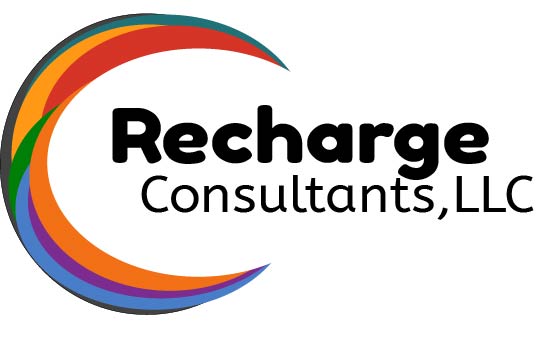A workplace prevention program aims to identify, mitigate, and prevent workplace hazards and risks to ensure the health, safety, and well-being of employees. Here are some key elements of an effective workplace prevention program:
Management Leadership and Employee Involvement:
- Commitment from top management to prioritize workplace safety and health.
- Involvement of employees in identifying hazards, developing solutions, and implementing safety measures.
Hazard Identification and Assessment:
- Regular workplace inspections to identify potential hazards.
- Risk assessments to evaluate the severity and likelihood of identified hazards.
Safety and Health Training:
- Comprehensive training for employees on safety procedures, hazard recognition, and emergency response.
- Specialized training for employees who handle hazardous materials or operate specific equipment.
Safe Work Practices and Procedures:
- Development and implementation of written safety procedures for various tasks and operations.
- Promotion of safe work practices such as proper lifting techniques, use of personal protective equipment (PPE), and equipment maintenance.
Emergency Preparedness:
- Development of emergency response plans for various scenarios, including fires, natural disasters, and medical emergencies.
- Regular drills and training exercises to ensure employees are prepared to respond effectively in emergencies.
Health and Wellness Programs:
- Promotion of employee health through wellness initiatives such as fitness programs, smoking cessation support, and mental health resources.
- Access to medical screenings and preventive healthcare services.
Safety Communication:
- Clear communication of safety policies, procedures, and expectations to all employees.
- Regular safety meetings and toolbox talks to discuss safety topics and address concerns.
Incident Reporting and Investigation:
- Establishment of a system for reporting workplace incidents, injuries, near misses, and hazards.
- Thorough investigation of incidents to determine root causes and implement corrective actions to prevent recurrence.
Continuous Improvement:
- Regular review and evaluation of the effectiveness of the prevention program.
- Implementation of improvements based on lessons learned, feedback from employees, and changes in regulations or technology.
Compliance with Regulations:
- Adherence to relevant occupational safety and health regulations, standards, and best practices.
- Regular audits and inspections to ensure compliance and identify areas for improvement.
Safety Culture Promotion:
- Fostering a culture of safety where employees feel empowered to speak up about safety concerns and actively participate in creating a safe work environment.
- Recognition and rewards for safety achievements and contributions.
Documentation and Recordkeeping:
- Maintenance of accurate records related to safety training, inspections, incident reports, and corrective actions taken.
- Documentation of compliance with regulatory requirements and company policies.
By integrating these elements into a comprehensive workplace prevention program, organizations can effectively protect the health and safety of their employees while also reducing the risk of accidents, injuries, and costly disruptions to operations.

